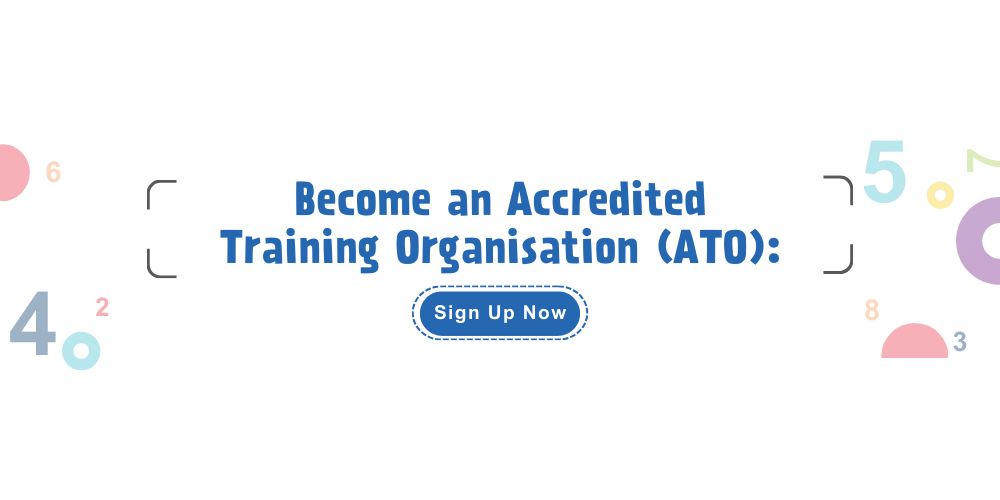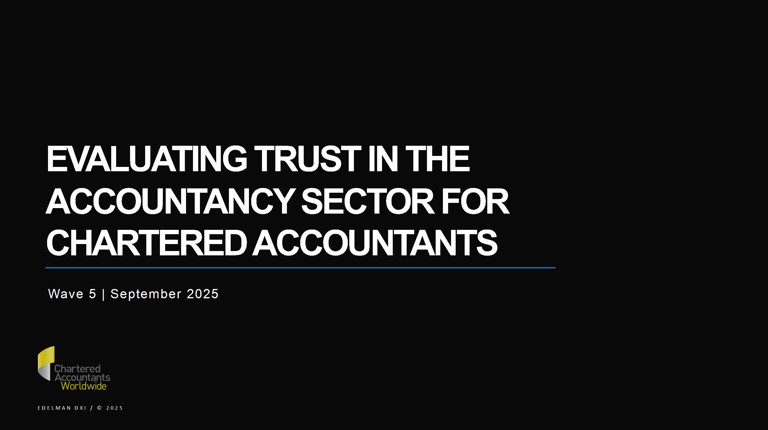"Do Good" Learn-with-Your Board Package

The "Do-Good" Learn-with-Your-Board Packages is design to support Trade Associates and Chambers (TACs) and Charities.
The BOD Masterclass Programme under this package consist of 30 hours online learning, focusing on:- Regulatory Framework – Directors of Singapore Companies
- Corporate Governance and Control
- Corporate Actions
- Financial Statement Analysis for Directors
- Risk Management and Audit
- Director's Role in Change Management
- Director's Role in Sustainability
- Plenary Masterclass for Directors
- Audit Committee Masterclass
- Nomination and Remuneration Committee Masterclass
- Board Risk Committee Masterclass
Expand each module below to find out more!
- Different types of companies under the Companies Act
- Power & Duties of a director
- Different Duties for each type of director
- Director’s Liabilities
- Director’s conduct
- Case studies on breach of director’s duties
Introduction to Corporate Governance
- Organisation Culture
- Corporate Governance and its purpose
- Key people who set the tone
- Board’s role in Corporate Culture
Singapore Code of Corporate Governance (CG)
- Development in the CG Code and Ecosystem
- Regulatory requirements and framework
- “Comply or Explain” regime
- Who is responsible for CG
Board Matters in CG
- Roles, responsibility, composition, diversity and renewal
- Stakeholders Management
- Stakeholders Meetings
- Stakeholders Relation
Ecosystem of a Public Company – Working with Professionals
- Role of professionals
- Selection and Assessment of Professionals
- Reliance on Professional’s Report & Opinion
- Role of Artificial Intelligence in Due Diligence
Directors of SGX-Listed Entities – Ongoing Obligations
- SGX Listing Manual and Catalist Rules – Continuing obligations of directors and listed entities under the SGX Listing Manual and the Catalist Rules: breaches and enforcement
- Securities & Futures Act – Dealing in securities, Insider Trading & Disclosure of interests
Achieving & Maximising Board Effectiveness
- Board Structure
- Board Leadership
- Board Meetings
- Right of Board Members
- Board Governance & Professional Training Development
- Challenges of Board Effectiveness
- Implications on Board Effectiveness
Board Dynamics
- Concepts of classifying companies
- Analyse the culture, interactions and behaviors that impact the effectiveness of the board and director, including practices for improving boardroom dynamics
- Decision making in the boardroom
- Understanding types of conflicts
- Managing affective and cognitive conflict
- Role of the Chairman in effective Board
- Understand the disclosure of material information and the process and insights on different corporate actions that are available for listed companies.
- Topics include:
- Material Information
- Material Thresholds for Acquisition and Disposal Transactions
- Interested Person Transactions
- Employee Share Option Scheme and Share Scheme
- Dividend Payout
- Fundraising
- Share Buyback
- General Offers and Takeovers
- Material Information
Purpose and Significance of Financial Statement Analysis in Decision Making
- Overview of Key Financial Statements: Making the Connections
- Cash Flow Analysis: Profit is an Opinion, Cash is a Fact
- Segment Information for Better Decision Making
- Insight for Directors: Key Audit Matters and Their Relevance to Financial Oversight
Key Financial Dynamics
- Earning Measures: Gross Profit, Operating Profit, EBITDA, EBIT, Income from Continuing Operations, Net Profit After Tax, Normalised Income
- Liquidity versus Borrowings: Evaluating Financial Flexibility and Risk
- Goodwill and Impairment: Challenges in Valuation and Impairment Testing
- Mini Case Studies: Real-World Applications and Implications of Each Topic
Tools and Techniques in Financial Statement Analysis
- Applying DuPont Analysis to Assess Company Performance
- Horizontal and Vertical Analysis
- The Five Building Blocks of Ratio Analysis
- Introduction to Z-Score: Predicting Bankruptcy Risks
Spotting Red Flags and Financial Irregularities
- China Evergrande: Business Model and Risk Culture
- Singapore Land Authority: Trust in Procurement is Not a Control
- Hyflux Ltd: Dashed on Rocks of Leverage, Liquidity, Losses, and Lenders
- Code of Corporate Governance (Principles 9 & 10)
- Composition of the Audit and Risk Committee
- Risk Management and Internal Control Framework
- Board roles in Risk Management and Internal Control
- Whistleblowing policies and best practises
- Internal Audit
- Statutory and regulatory requirements
- Board role in Internal Audit
- Board role in Internal Audit
- Statutory and regulatory requirements
- Board role in External Audit
- Change Management and Business Transformation
- Organisation Readiness
- Change Management Strategies
- Change Communication
- Director’s in Change Management (Listed Company)
- Sustainability reporting regime
- Governance Structure and Board Responsibilities on Sustainability matters
- Stakeholder Engagement Process
- Incorporation of ESG Risks and Opportunities within the Issuer’s Business and Strategy
- Impact and Importance of Climate Change
- Guidance on Climate Reporting, including Identification of Climate-related Risks and Conduct of Scenario Analysis
- Emerging Trends and Developments in the Sustainability Space
- Other Relevant Aspects of Sustainability, such as Biodiversity, Diversity and Human Rights
Board Performance
- Brief Overview of Roles and Responsibilities of the Board, and the Board’s Conformance/Compliance Role and Value Creation/“Performance” Role
- Characteristics of High-Performing Boards
- Discharging the Board’s Compliance Role:
- Ensuring good corporate governance, and effective internal controls and risk management (including whistleblowing policies)
- Ensuring integrity of financial and non-financial information
- Disclosure of material information/insider trading
- Dealing with conflicts of interest and overseeing related party transactions
- Overseeing bribery, corruption and money laundering risks
- Discharging the Board’s Value Creation Role:
- Strategy
- Diversification
- Disruption
- M&As
- Spinoffs
- ESG
- Strategy
Stakeholder Engagement
- Key stakeholders of the business
- Communication to stakeholders for listed entities
- Understand how businesses and boards are responding to sustainability agenda
- Obligation of the Board’s regarding shareholder rights, corporate reporting and disclosures
- Importance and nature of investors and media relations and how the Board should prepare for and respond to crisis
- Communication on transformation change for agility and sustainability
Corporate Strategies and Tactics
- Introduction to the Corporate Strategy Process in Boards
- Board Calendar, Policy, Process & Performance Measurement milestones
- What is Globalization vs Localisation strategies? Vertical vs Horizontal Strategies
- Evaluate various business models and their impact on value creation
- Corporate Vision Mission and Values
- Diversification and expansion
- Specific example of an industry, country, company strategy : EVs
- Leveraging technology for performance measure and monitoring
- Integrating sustainability into strategies
- Managing Geopolitical risks and storms in corporate strategies
- Understand the role, duties and responsibilities of directors appointed to the Audit Committee
- Outline the roles, qualification and function of specialist, internal auditors and external auditors, and how
they relate to and work with their audit committee - Effective whistleblowing process
- Fraud detection and deterrence, including key fraud risk in financial reporting
- Trends and developments that the audit committee need to be aware of
- Financial reviews
- Internal control reviews (operation, financial and technology)
Nominating Committee
- Brief Overview of Rules Relating to the Nominating Committee
- Board and Board Committee Composition
- Nomination of Directors
- Assessing Suitability of Directors
- Assessing Independence of Directors
- Cessation of Directors
- Succession Planning
- Board Assessment
Remuneration Committee
- Brief Overview of Rules Relating to the Remuneration Committee
- Key Issues in Setting Remuneration
- Issues Relating to Profit-Based Incentive Plans
- Long-Term Incentive Plans
- Performance Measures and Targets
- Other Considerations in Executive Remuneration (including Risks)
- Non-Executive Director Remuneration
- Linking ESG to Executive Remuneration
- Role, duties and responsibilities of directors appointed to the Board Risk Committee
- Nature of risk, risk universe and key risk management concepts and trends that the Board Risk Committee
need to be aware of - Key requirements for adequate and effective risk management and assurance providers in relation to risk
management - Key disclosure requirements related to risk management and sustainability reporting
- Cyber risk and cloud technology
- Cybersecurity & Cyber-resilience
- Data governance
- Business continuity plan (eg. Geopolitical Risk, Health Risk)
- Best practices for companies on the Mainboard and Catalist and their differences





.png?sfvrsn=dd675fd5_2)


6a6c7fe2013f4be3b0ecc0a5930da5c9.jpg?sfvrsn=ab5334c8_0)

/business-management-global-connection/istock-1167579720-c.jpg?sfvrsn=ff93f9a5_2)
/audit-assurance/istock-1169206203-c.jpg?sfvrsn=1d6f9b25_6)


/ethics-and-professionalism/istock-1141115724-c.jpg?sfvrsn=4e54d691_2)

/audit-assurance/istock-818732836-c-v3.jpg?sfvrsn=ae44e7b7_0)

.png?sfvrsn=905ee1bd_0)
/legal-secretarial/istock-866706340-c.jpg?sfvrsn=d7f57b8c_2)